A well-executed feasibility study helps businesses in Qatar assess viability, minimize risks & make informed strategic expansion decisions with confidence.
Uncertainty plays a major role in business decision making, and never more so than in these fast-changing times. Business leaders seek better knowledge and insight on which to base their decisions. As recent events have shown, a comprehensive view of risk is all important. Which is why organizations are now transiting from conventional risk management to an Enterprise Risk Management (ERM) approach.
As an enterprise risk management consultant, MBG uses in-depth understanding of strategic, business and operational risks to establish, review and enhance the ERM frameworks of businesses, aligning them with the latest standards such as COSO. Our consultative approach comprises interviews, surveys and risk workshops.
Enterprise risk management
Enterprise Risk Management (ERM) is a strategic framework adopted by organizations to identify, assess, prioritize, and mitigate risks that may affect their ability to achieve objectives. It encompasses a holistic approach to risk management, integrating risk considerations into decision-making processes at all levels of the organization. ERM enables organizations to proactively manage risks, seize opportunities, and enhance overall resilience and sustainability.
Benefits of ERM
Key Components of Enterprise Risk Management
Risk Identification: ERM begins with identifying and categorizing potential risks that may impact the achievement of organizational objectives.
Risk Assessment: Once risks are identified, organizations assess their likelihood and potential impact on objectives.
Risk Prioritization: ERM prioritizes risks based on their significance, allowing organizations to focus resources on addressing the most critical risks first.
Risk Mitigation Strategies: After prioritizing risks, organizations develop and implement strategies to mitigate, transfer, or avoid them.
Monitoring and Reporting: ERM involves ongoing monitoring and reporting of risks to ensure that risk management efforts remain effective and aligned with organizational objectives.
Integration with Decision Making: ERM integrates risk considerations into decision-making processes across all levels of the organization.
Culture and Governance: ERM promotes a risk-aware culture within the organization, where risk management is viewed as everyone’s responsibility.
Why choose MBG

Submit your enquiries to MBG Corporate Services. We will respond as soon as possible.
Call us at: +97431231318
Get A Free Consultation
Stay one step ahead in a rapidly changing world and build a sustainable future with us.
